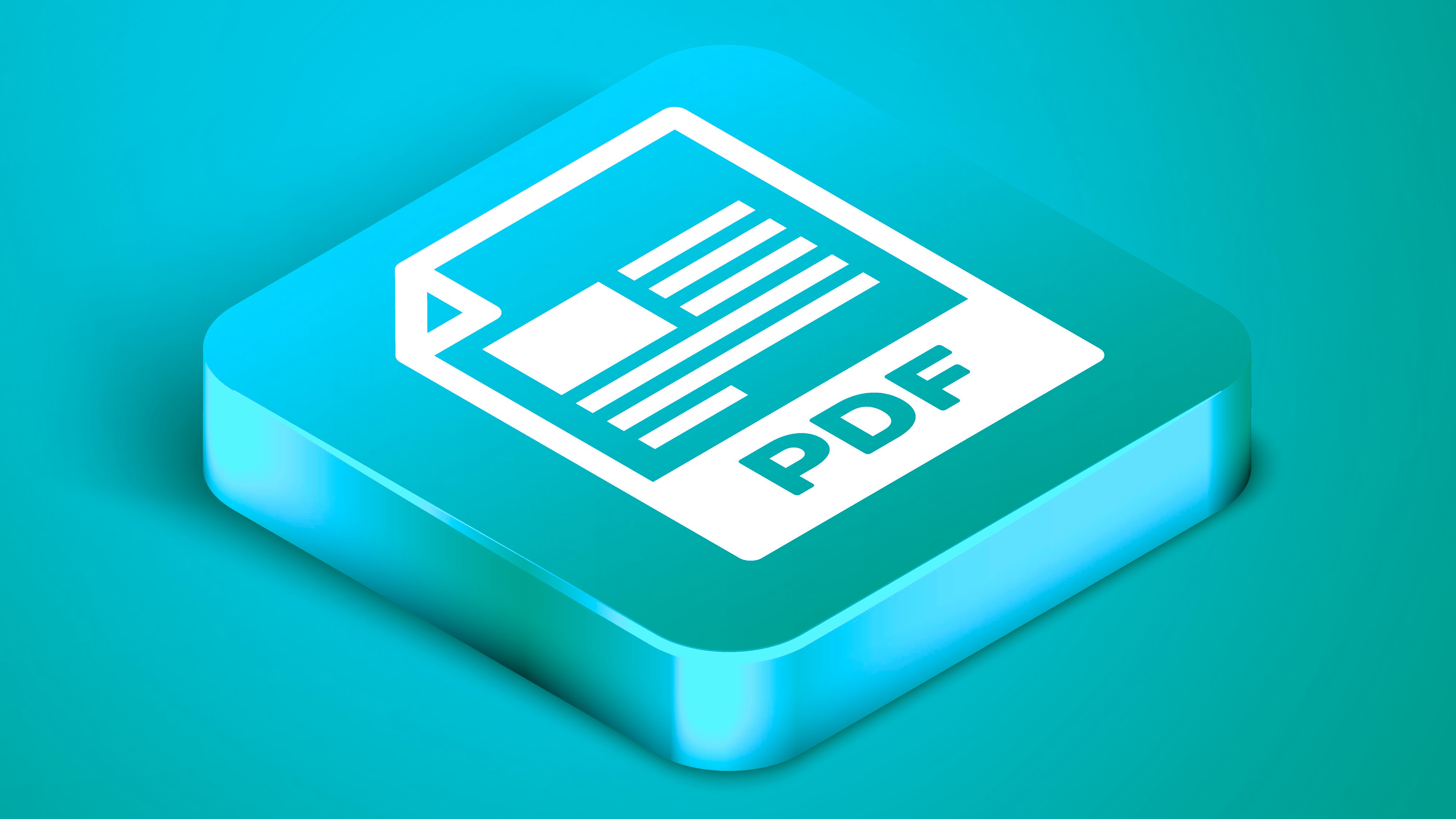How to print from PDF
Learn how to print your PDF files from computers, smartphones, and cloud storage

PDF (Portable Document Format) is one of the most commonly used file formats for documents due to its ability to preserve text, images, and layout across different devices and operating systems.
The ability to print any document directly from a PDF can be beneficial considering that many documents like invoices, reports, academic papers or forms come in this format.
This guide will walk you through simple, effective methods to print from PDF, ensuring that you can get your documents on paper with ease.
How to print from PDF
Tools & requirements
- A computer, smartphone, or tablet with PDF viewing software installed (such as Adobe Acrobat Reader, Google Chrome, or Apple’s Preview)
- One of the best home printers (Wi-Fi-enabled or connected via USB)
- A PDF document that you need to print
- Internet connection (if printing wirelessly or using cloud-based services)
1. Print a PDF Using Adobe Acrobat reader or similar software
Adobe Acrobat Reader is one of the most popular PDF viewers and editors available. Here’s how you can print from it, but these steps will be similar for other PDF viewing software like Preview on Mac or Foxit Reader.
Steps:
- Open the PDF document in Adobe Acrobat Reader or your preferred PDF reader.
- Click on the "File" menu in the top-left corner of the screen.
- Select "Print" from the dropdown menu, or use the shortcut Ctrl + P (Windows) or Cmd + P (Mac).
- A print dialogue box will appear. Here, you can adjust the print settings such as the number of copies, paper size, orientation, and page range.
- Select your printer from the list of available printers.
- Once all settings are in order, click "Print" to start the process.
If your document contains multiple pages, ensure you select the correct range of pages you need or opt for "Print All" if you want the entire document.
2. Print from a web browser (Chrome, Edge, Safari, etc.)
Most modern web browsers come equipped with built-in PDF viewers, allowing you to open and print PDF files directly without needing third-party software.
Steps:
- Open your PDF file by dragging it into a browser window, or by right-clicking on the file and selecting "Open with" and then choosing your browser.
- Once the PDF is open, look for the print icon on the browser toolbar (typically a small printer icon on the top right of the screen).
- Click the print icon or press Ctrl + P (Windows) or Cmd + P (Mac) to open the print dialogue box.
- Adjust the settings like the number of pages, orientation, or paper size.
- Select your printer from the list.
- Click "Print" to start printing your PDF.
When printing from a browser, be sure to double-check that the document looks correct in the print preview, as web browsers sometimes adjust formatting slightly.
3. Print directly from your smartphone or tablet
If you're working on your smartphone or tablet, printing directly from a PDF is convenient. Since most modern mobile phones support wireless printing through apps or built-in systems like AirPrint (Apple) or Google Cloud Print (Android), printing directly from a mobile phone is hassle-free.
Steps (for iOS with AirPrint):
- Open the PDF in the "Files" app or a PDF viewer such as Adobe Acrobat Reader.
- Tap the share icon (usually a box with an arrow pointing upward).
- Scroll through the options and tap "Print."
- Select your AirPrint-enabled printer from the list.
- Adjust print settings like the number of copies or page range.
- Tap "Print" to send the PDF to your printer.
Steps (for Android using Google Cloud print or similar service):
- Open the PDF document in a PDF reader or "Files" app.
- Tap on the three-dot menu in the top-right corner and select "Print."
- Choose your printer from the list of available options (Google Cloud Print or another connected printer).
- Adjust the print settings if needed, like paper size or colour preferences.
- Tap "Print" to start the process.
Make sure your printer and smartphone/tablet are connected to the same Wi-Fi network for wireless printing to work.
4. Save the PDF in Cloud storage and print from any device
Cloud storage services like Google Drive, Dropbox, or OneDrive allow you to store your PDF files online and print them from any device with an internet connection. This is particularly helpful if you're moving between different devices or locations.
Steps (using Google Drive):
- Upload your PDF file to Google Drive by dragging it into your Drive folder or by clicking "New" > "File Upload."
- Once the file is uploaded, open the PDF by double-clicking it.
- In the top-right corner, click on the printer icon or select "File" > "Print."
- This will open the print dialogue box. Select your printer and adjust settings like orientation and number of copies.
- Click "Print."
This method is highly versatile, as you can access your files and print them from any device, whether you're using a computer, tablet, or smartphone.
5. Print a password-protected PDF
Sometimes, PDF files come with password protection, which restricts you from editing or printing the document. If you try to print a password-protected PDF, the printer might not process the file unless you enter the password first.
Steps:
- Open the password-protected PDF in Adobe Acrobat or another PDF reader.
- When prompted, enter the password to unlock the file.
- Once the PDF is open, follow the usual steps for printing (File > Print).
- If the file has permissions that restrict printing, you will need to request the password from the document owner to remove those restrictions.
Tips for printing from PDF
Sometimes printing from PDF can lead to unexpected issues, such as formatting problems, missing text, or printer malfunctions. Here are some common troubleshooting tips:
- Ensure that your printer’s drivers are up-to-date. Visit the manufacturer’s website to download the latest version of the driver if needed.
- If your document doesn’t print correctly, try adjusting the PDF’s print settings. For instance, select “Print as Image” in the Adobe print dialogue box to avoid issues related to PDF rendering.
- If your printer isn’t responding, verify that it’s properly connected to your computer or Wi-Fi network. Restart both the printer and the device from which you are printing.
- Sometimes the problem lies with a specific PDF. Try printing another document to see if the issue is isolated. If the problem persists, consider converting the PDF to another format (like DOCX) and printing from that file.
- If all else fails, try printing from a different computer, smartphone, or tablet. This can help you determine whether the issue is with your device or the printer itself.
Tips for Efficient Printing
- For complex PDFs like those with images or detailed charts, a high-quality printer ensures better print results.
- If you’re printing simple text documents, choose “Draft” or “Low-Quality” mode to save ink and print faster. For professional documents, opt for “Best” quality.
- Always use the print preview option to catch any formatting errors or missing elements before sending your document to the printer.

Efosa has been writing about technology for over 7 years, initially driven by curiosity but now fueled by a strong passion for the field. He holds both a Master's and a PhD in sciences, which provided him with a solid foundation in analytical thinking.